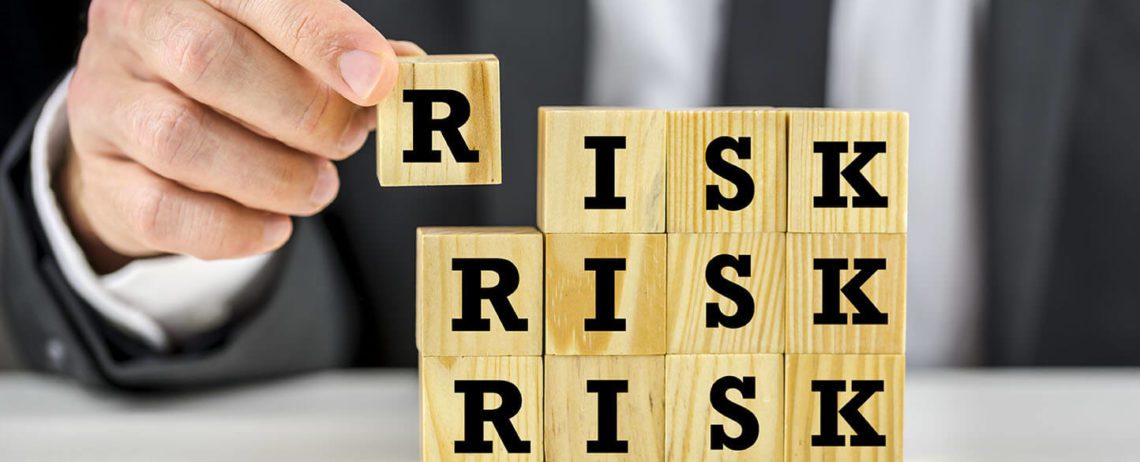Hazard Management – Paying it Forward
Industry Trends | By | 28 Sep 2015 | 3 minute read

paying it forward … making your ripple of contribution wider than your immediate influence.
Pay it forward is a testing the universe … taking action to help/support someone or an organisation without expecting any tangible return for your action … one is truly selfless in their action.
We are awesome at managing hazards within our own workplace and more than likely we do not consciously think about how we influence workplace events which are not directly in front of us and under our control.
There is reference in workplace health and safety legislation (Australia) that directs companies making products to ensure that through the design, manufacture and supply process there has been consideration to eliminating hazards.
these laws (regulations) are guiding us to pay it forward and eliminate hazards.
The Internal Opportunity
Our businesses are generally made up of many processes and ultimately there is always a downstream internal customer in the process. It is in our best interest to manage the hazards that have the direct potential to impact our own health, safety and well being. Does our best interest stretch to giving thought to how we can eliminate or mitigate hazards further down the process. Often we could be guilty of a mindset that is waiting for the organisation to deliver a process which looks specifically at the work processes and downstream impacts.
what action can you take to prevent an injury to a peer who completes a task downstream of you?
The External Opportunity
After viewing the below video safety share from WorkCover NSW I not only took away the great reminders provided in the video, but it also triggered me to review a couple of high potential fall from height events that occurred in the last few years.
this presentation highlighted for me a great pay it forward opportunity.
An event I investigated last year found a worker on top of a load on a truck – from the base of the persons feet to the ground was about 3 metres. The person was in this position as a result of the way the goods had been loaded onto the truck. The truck had been loaded by an overhead crane and was attempting to be unloaded by a forklift. The dunnage (packing timbers) was quite thin making it difficult for the forklift operator to position the forklift tynes precisely under the items to be unloaded. To ensure the load was not knocked from the trailer the forklift operator was being assisted by the other worker (on top of the load) to locate the forklift tynes. This requirement resulted in the worker being exposed to a potential serious fall from height injury.
the basic cause was well upstream of the unload task …
The basic cause of this event was the selection of the packing timber to separate the goods and this decision was made well prior to the hazard assessment for the task. I acknowledge that a better decision could have been made workers completing the unload of the truck. However, if there had been consideration to the way the load was positioned during the loading there would have been no reason for the workers to have to decide whether or not standing at 3 metres from the ground was an acceptable (required) method of completing the task.
pay it forward – can you reduce the hazard exposure for the next people in the customer chain?
Pay it forward, take action to understand your external customer requirements and limitations – then, so far as is reasonably practicable, eliminate the hazards or mitigate the potential impact – have a conversation!
Pay it forward, prevents an injury to another person who you do not even know – what a great feeling to provide this level of care and protection for another person who you have never met.
Pioneering the global peer to peer culture.
***
Rob.B Lowe is on the leading edge of safety practice and continues to challenge the conventions to reach well beyond compliance to a system of work that has all personnel enrolled ie. building a business system based on and incorporating safety.
Important Notice
The information contained in this article is general in nature and you should consider whether the information is appropriate to your specific needs. Legal and other matters referred to in this article are based on our interpretation of laws existing at the time and should not be relied on in place of professional advice. We are not responsible for the content of any site owned by a third party that may be linked to this article. SafetyCulture disclaims all liability (except for any liability which by law cannot be excluded) for any error, inaccuracy, or omission from the information contained in this article, any site linked to this article, and any loss or damage suffered by any person directly or indirectly through relying on this information.





